Understanding Denial Codes in Medical Billing: A Focus on CO 15 Denial Code
In today’s blog, we will be diving into what a denial code is, specifically what the common denial code CO 15 is and how you can avoid it!
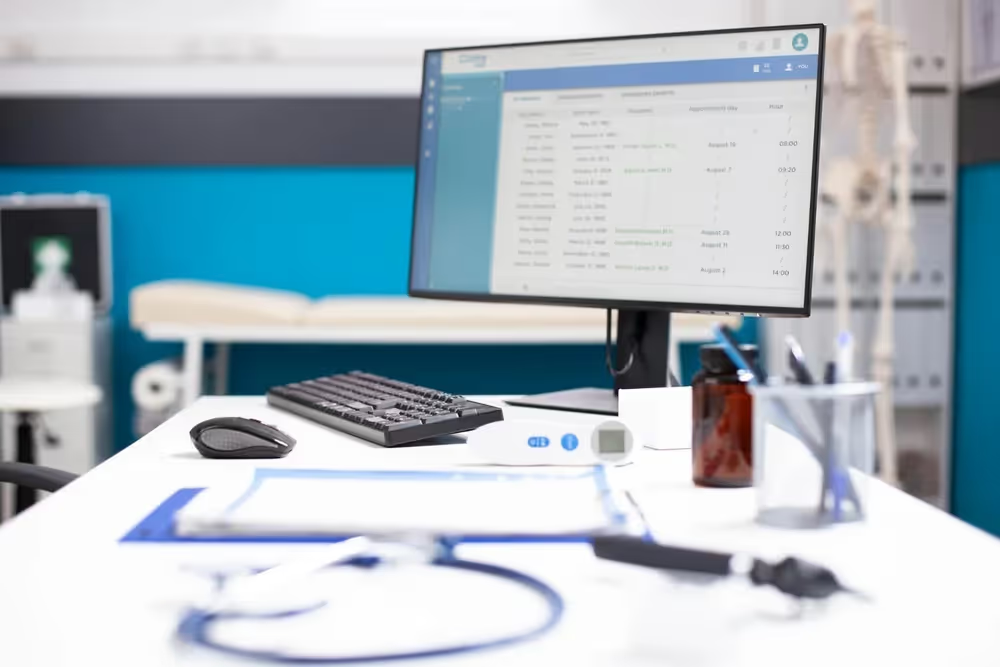
Did you know that one in ten claims gets denied?
In the healthcare industry denials are becoming more and more common. Unfortunately, there is no way to get rid of denial codes completely, so there has been no reduction in the denial rates. I know this is very frustrating, but there are ways for your organization to reduce the occurrence of denials.

The easiest way for your organization to reduce the occurrence of denials is to hire a third-party clearinghouse, which helps the billing department by scrubbing the claims before submission. These Clearinghouses find errors before the insurance company receives them and directly notifies the billing department what the error is. Clearinghouses have a lot of experience in the different procedure codes allowing them to detect errors quicker.
In today’s blog, we will be diving into what a denial code is, specifically what the common denial code CO 15 is and how you can avoid it!
Let’s dive into it!
What Are Denial Codes in Medical Billing?
Before we dive into what exactly denial code CO 15 is, let's first discuss what a denial code is in general.
Your medical billing department will receive a denial code if the claim they submitted contains any errors. This error can happen due to a large number of reasons that can seem overwhelming.
The use of denial codes helps identify what the exact error in the claim was. The code is an existential piece of information that tells you why a claim is denied.
Now you may be asking yourself why billing departments hate to receive a denial code. This is because each denial code can have multiple different reasons attached to the code. It can be a very intimidating task for your staff to determine the reason for that denial.
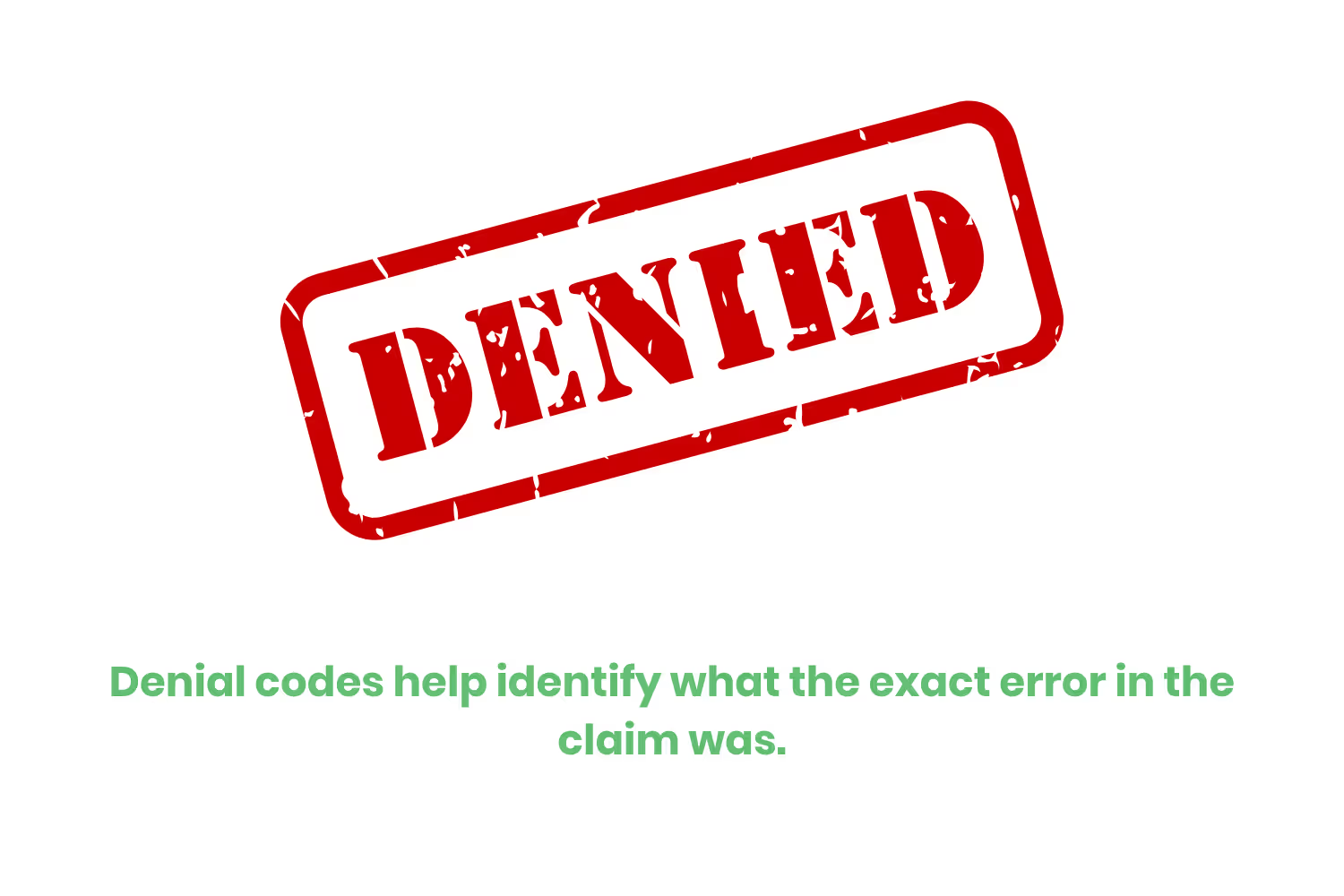
There are two different types of denial codes that your billing department may see. The first type of code is a CO denial code, which stands for “contractually obligated”. This means that the insurance company is contractually obligated to pay for the agreed-upon portion of the bill.
The other type of denial code is a PR denial code, which stands for “patient responsibility”. This represents that the patient is responsible for the service billed, and the insurance provider is not responsible for paying any portion of it.
Having a good understanding of the basics of denial codes, helps your team resolve the denial codes more efficiently.
What is a CO 15 Denial Code?
Now that you have a better understanding of what denial codes are, let's dive into what CO-15 code means.
This denial can occur when your billing department gives the insurance provider the wrong authorization number for a procedure. This could happen if the authorization number is missing, expired, or incorrect.
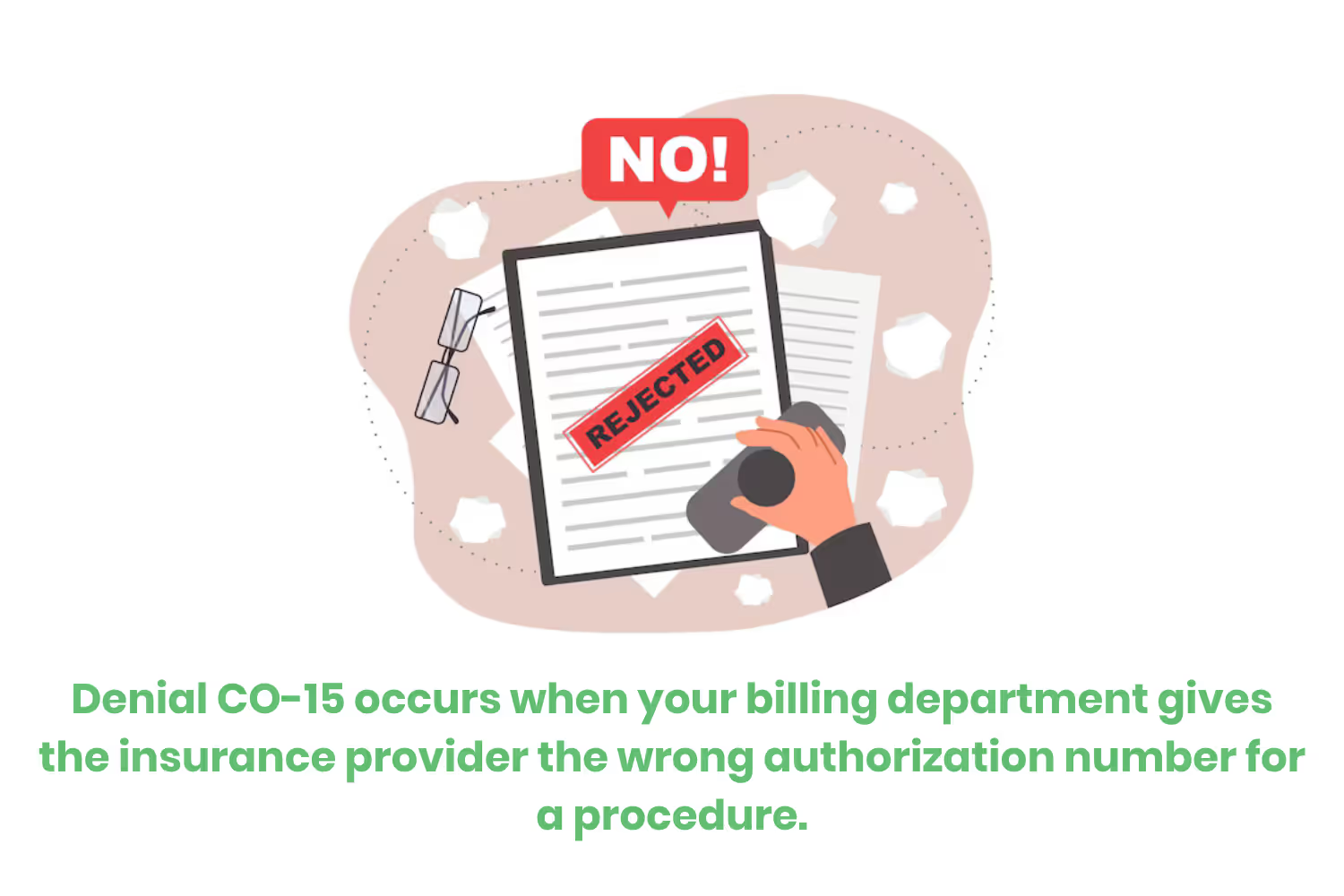
The denial code is a CO code due to the payer having a contract with the insurance provider and is contractually obligated to pay for the bill.
Luckily for you and your billing department, receiving this denial code is not the end of the world and is relatively easy to resolve.
Common Reasons for CO 15 Denial Code
Before just jumping into how to resolve denial code CO-15, it's important to understand the most common reasons for receiving it.
Let’s dive into what exactly will cause this denial code to appear.
Reason 1: Missing Authorization
When patients have procedures, they may need to get something called prior authorization.
You may be asking what preauthorization is exactly, well it is exactly what it sounds like, before your procedure you need to receive authorization. Obtaining this authorization, ensures that the patient's insurance provider will pay for the end bill.
Your billing department will receive this denial code if this preauthorization is never obtained.
Reason 2: Invalid Authorization Numbers
If preauthorization gets obtained before the procedure, you may be wondering why you still got the denial code. When inputting the authorization numbers into the claim, the person inputting them may have put them in incorrectly. This can happen by accidentally typing the wrong numbers, or putting in outdated numbers.
Reason 3: Missing or Incorrect Documentation
Part of the claims process is submitting all of the medical records collected throughout the time of seeing the patient.
Since the insurance providers are not present during the appointments they need to see something to prove that the medical services provided are essential. These documents are vital to getting the claims approved by the billing department. If the documents have errors or missing information you can receive the CO-15 denial code.
It is vital to your organization that your billing department understands what exactly causes denial code CO 15, as this is the first step in avoiding it.
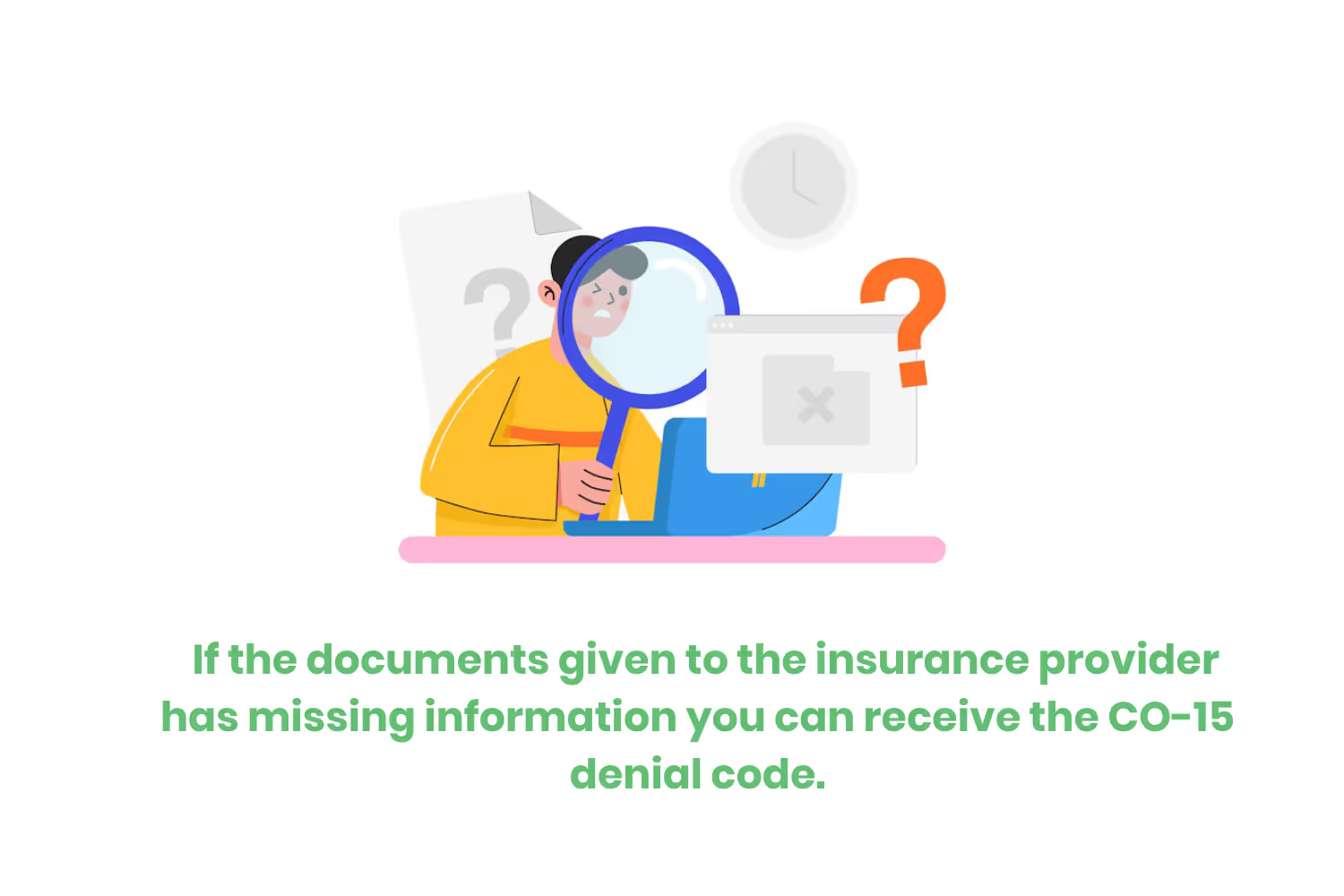
The Impact of CO 15 on Healthcare Providers
To understand how important it is to prevent this denial code, let's dive into the impact CO-15 has on your organization.
Impact 1: Delayed Payments
Receiving these denial codes will cause a delayed payment. This is because when the billing department receives the denial, a process of trying to figure out why will start.
This will take a while, especially if you need to go through the appeal submission process. Due to this delay, it will further delay your office receiving payment.
Impact 2: Claim Resubmission Process
If your billing department receives a claim denial, reviews it, and finds an error the claim resubmission process will start. This process will take a lot of time and resources away from your billing staff to help correct the claim.
During the time your staff is resubmitting a claim, they could be spending on other value-added services that cause an impact on administrative tasks.
Impact 3: Patient Care
The process of receiving a denial is very long, stressful, and honestly aggravating for the billing department and patient alike. The patient will be very stressed as they may be facing a hefty bill if the claim in the end gets denied. This can cause the patient to call your office frequently looking for answers on the situation.
These calls can stress out your billing department and they may respond with a slight attitude due to the stress. It may not even just be the patient calls, but trying to find why a denial occurred can be complex.
Understanding how this Code can affect your organization, can help your organization how imperative it is to prevent it.
Best Practices to Prevent CO 15 Denial Code
Since we have gone over all of the important details of what denial code CO 15 is, you may be asking how you can prevent it. Let’s discuss some tips to help prevent this denial code.
Tip 1: Utilize Technology
Utilizing technology is one of the easiest ways to avoid this denial code. Using Electronic Health Record or EHR Systems can help reduce errors and improve accuracy throughout the billing process.
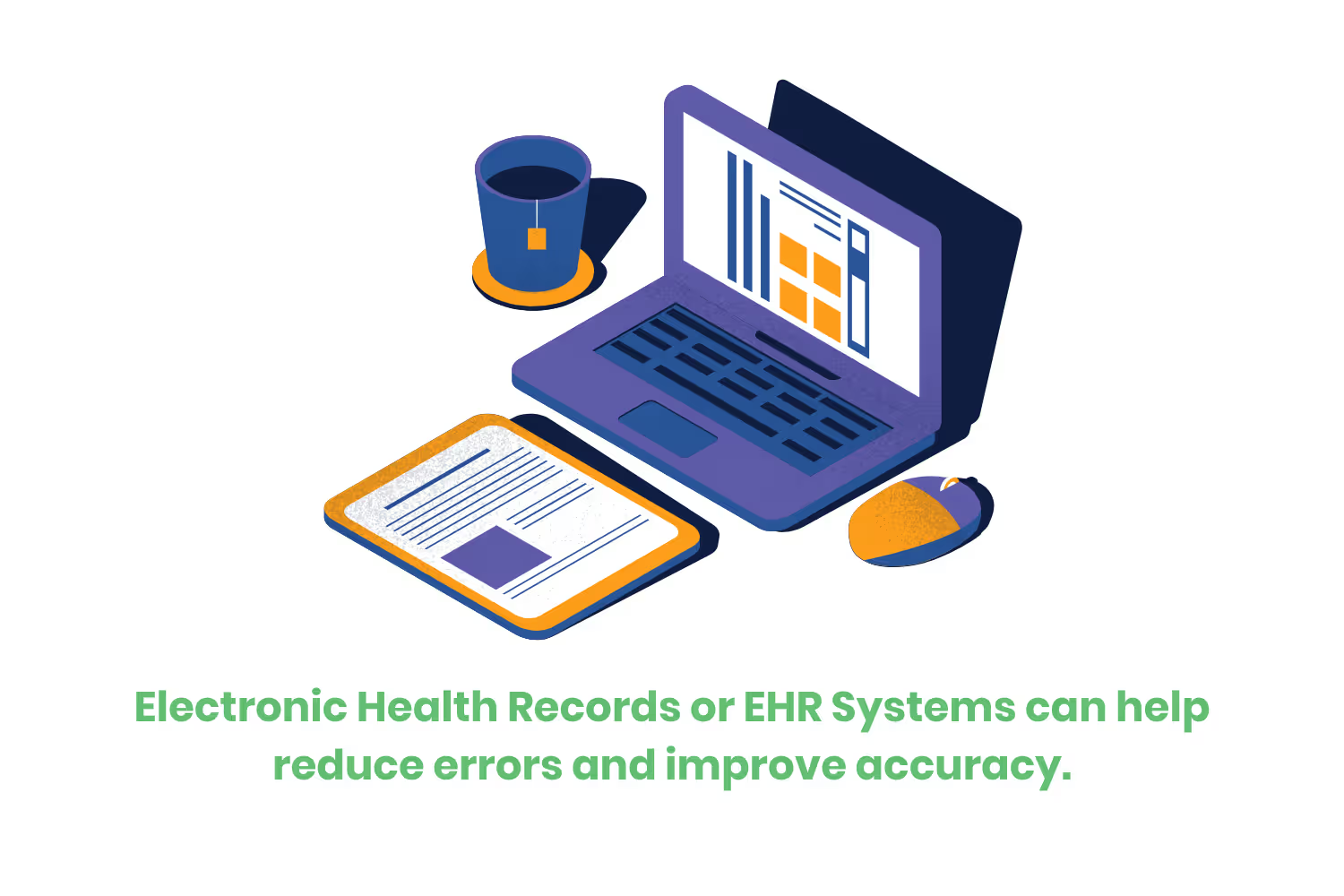
Tip 2: Establish Clear Authorization Procedures
Having a clear authorization process that your staff follows to ensure the correct authorization number gets obtained before the service or procedure is complete.
This is crucial for ensuring that patients receive services that the insurance provider will cover if possible, with preauthorization.
Tip 3: Train Staff on Proper Coding and Documentation Procedures
It is important to have your staff trained on the proper coding and documentation of medical procedures. If they are not it will increase the denials your department will see. Having everyone on the same page will reduce the occurrence of denial codes.
Having a basic understanding of how you can prevent this denial code can help streamline your billing process.
What Should Providers Do If They Receive a CO 15 Denial?
Unfortunately, even if you do everything you can to help prevent this denial, it's important to go over how to help you address the code if you get it.
Review the claim
The first thing your team should do when receiving a denial code is review the claim that they previously submitted. Your team should be reviewing the claim looking for any errors like a mis-typed authorization number can be the entire reason for the denial.
Verify the Authorization
If you do not find any manual errors, look at the authorization numbers. It is vital to make sure the obtained authorization was the correct authorization as the wrong authorization may have gotten approved.
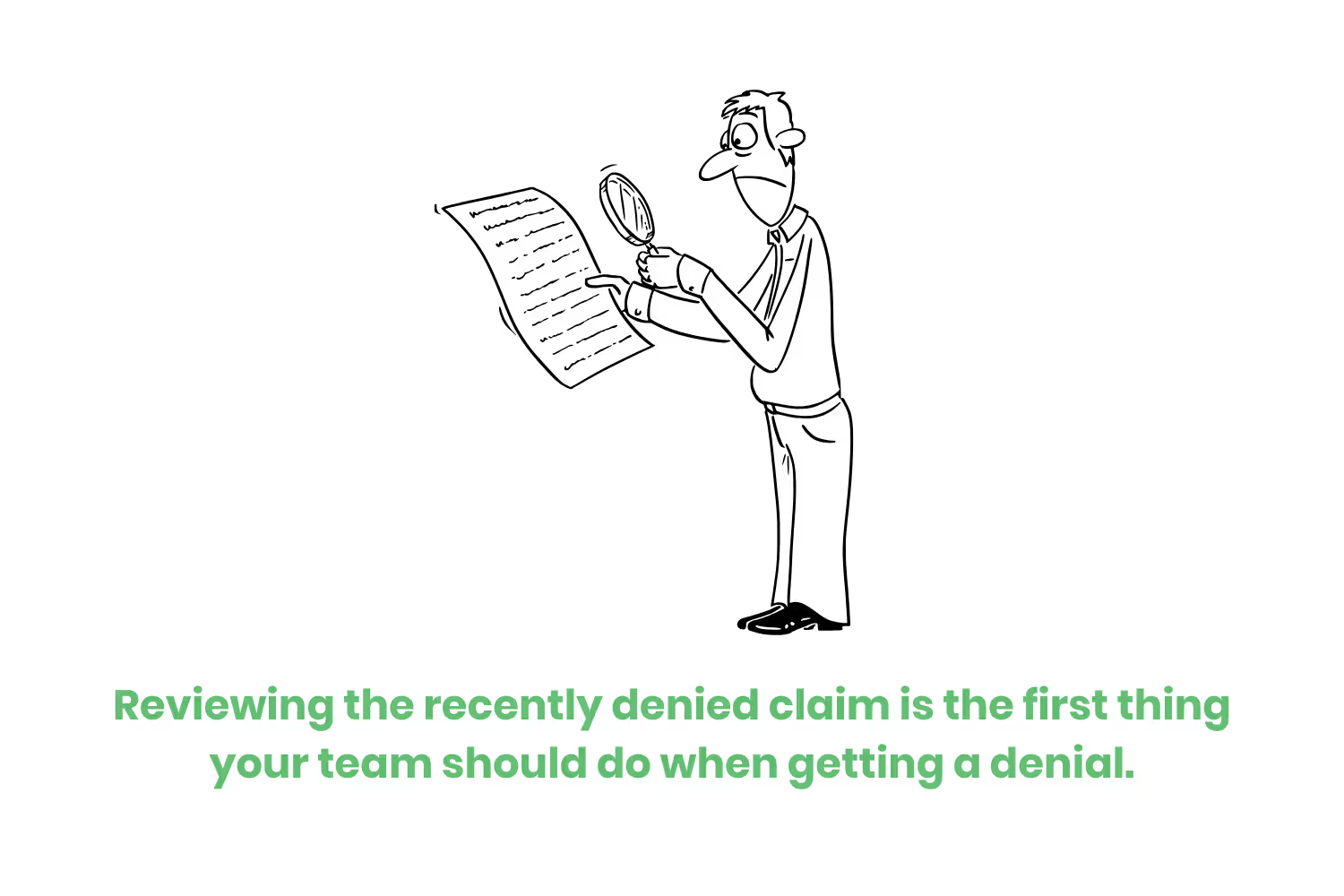
Submit the Corrected Claim
If you find an error in your claim, you and your team must correct it as soon as possible. This is because the insurance provider only has a set amount of time that they will accept the corrected claim.
If your team submits the corrected claim after this time limit will result in permanent denial.
Appeal if Necessary
If you go through all of these steps and still see no errors, you must appeal the claim. When appealing the claim, it is important to have all of the evidence that supports how your claim is correct.
It is also vital that your billing department is aware of how long they have until they can no longer resubmit the claim.
Conclusion: What Have We Learned About CO 15 Denial Code?
Receiving the CO-15 code can be frustrating but it is not the end of the world. Your organization's billing department must understand what causes it and how they can work to prevent it. Whether it is by establishing a clear authorization procedure, training your staff, or utilizing technology, is the start to reducing denials.
Your billing staff must be well-trained in how to resolve this claim if they get it. Ensuring they are reviewing the claim, verifying authorization, submitting the correct claims, or appealing the denial. Can help resolve the denial quickly and efficiently allowing your organization to get back to managing claims.
Continuously improving the department's processes, can help streamline the revenue cycle management process allowing you to get paid faster.
Emphasize your product's unique features or benefits to differentiate it from competitors
In nec dictum adipiscing pharetra enim etiam scelerisque dolor purus ipsum egestas cursus vulputate arcu egestas ut eu sed mollis consectetur mattis pharetra curabitur et maecenas in mattis fames consectetur ipsum quis risus mauris aliquam ornare nisl purus at ipsum nulla accumsan consectetur vestibulum suspendisse aliquam condimentum scelerisque lacinia pellentesque vestibulum condimentum turpis ligula pharetra dictum sapien facilisis sapien at sagittis et cursus congue.
- Pharetra curabitur et maecenas in mattis fames consectetur ipsum quis risus.
- Justo urna nisi auctor consequat consectetur dolor lectus blandit.
- Eget egestas volutpat lacinia vestibulum vitae mattis hendrerit.
- Ornare elit odio tellus orci bibendum dictum id sem congue enim amet diam.
Incorporate statistics or specific numbers to highlight the effectiveness or popularity of your offering
Convallis pellentesque ullamcorper sapien sed tristique fermentum proin amet quam tincidunt feugiat vitae neque quisque odio ut pellentesque ac mauris eget lectus. Pretium arcu turpis lacus sapien sit at eu sapien duis magna nunc nibh nam non ut nibh ultrices ultrices elementum egestas enim nisl sed cursus pellentesque sit dignissim enim euismod sit et convallis sed pelis viverra quam at nisl sit pharetra enim nisl nec vestibulum posuere in volutpat sed blandit neque risus.
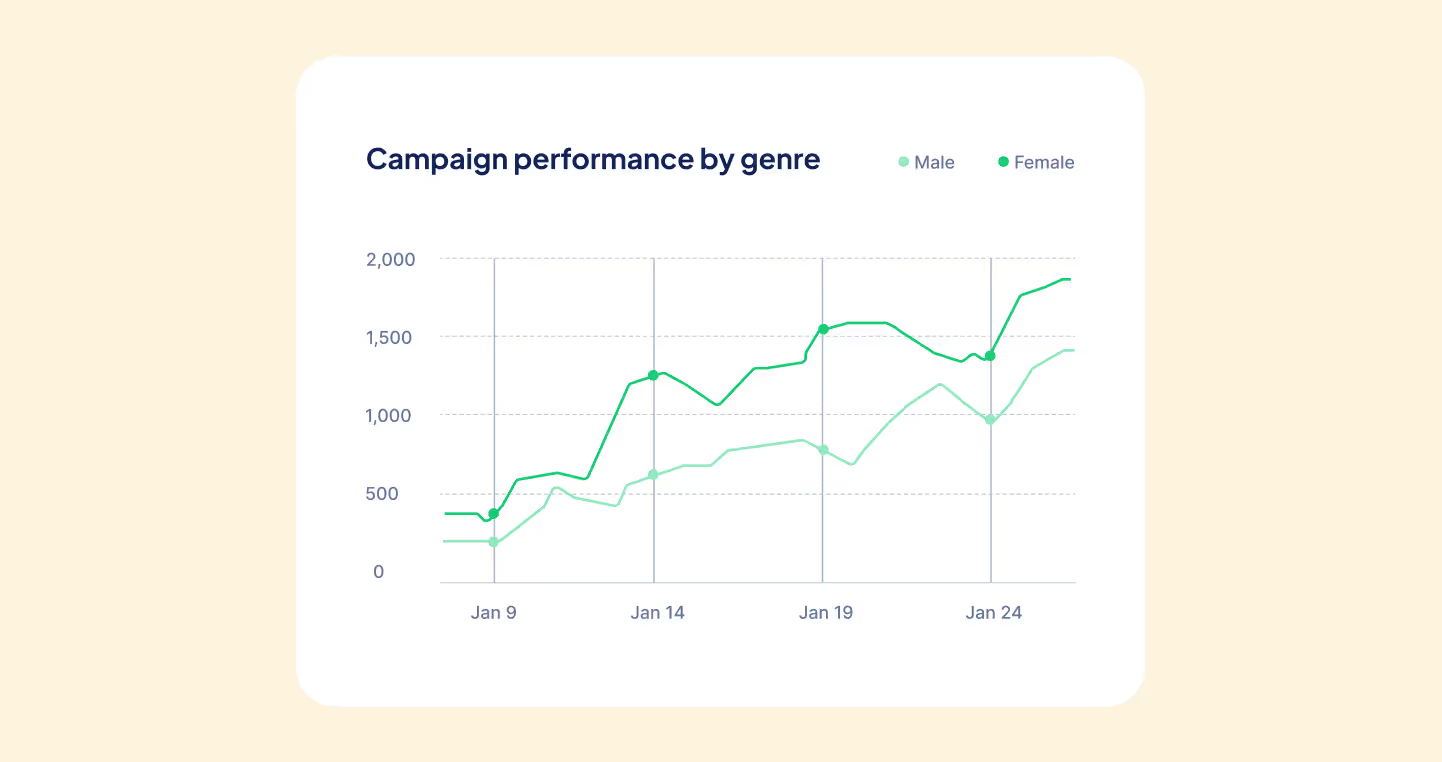
Use time-sensitive language to encourage immediate action, such as "Limited Time Offer
Feugiat vitae neque quisque odio ut pellentesque ac mauris eget lectus. Pretium arcu turpis lacus sapien sit at eu sapien duis magna nunc nibh nam non ut nibh ultrices ultrices elementum egestas enim nisl sed cursus pellentesque sit dignissim enim euismod sit et convallis sed pelis viverra quam at nisl sit pharetra enim nisl nec vestibulum posuere in volutpat sed blandit neque risus.
- Pharetra curabitur et maecenas in mattis fames consectetur ipsum quis risus.
- Justo urna nisi auctor consequat consectetur dolor lectus blandit.
- Eget egestas volutpat lacinia vestibulum vitae mattis hendrerit.
- Ornare elit odio tellus orci bibendum dictum id sem congue enim amet diam.
Address customer pain points directly by showing how your product solves their problems
Feugiat vitae neque quisque odio ut pellentesque ac mauris eget lectus. Pretium arcu turpis lacus sapien sit at eu sapien duis magna nunc nibh nam non ut nibh ultrices ultrices elementum egestas enim nisl sed cursus pellentesque sit dignissim enim euismod sit et convallis sed pelis viverra quam at nisl sit pharetra enim nisl nec vestibulum posuere in volutpat sed blandit neque risus.
Vel etiam vel amet aenean eget in habitasse nunc duis tellus sem turpis risus aliquam ac volutpat tellus eu faucibus ullamcorper.
Tailor titles to your ideal customer segment using phrases like "Designed for Busy Professionals
Sed pretium id nibh id sit felis vitae volutpat volutpat adipiscing at sodales neque lectus mi phasellus commodo at elit suspendisse ornare faucibus lectus purus viverra in nec aliquet commodo et sed sed nisi tempor mi pellentesque arcu viverra pretium duis enim vulputate dignissim etiam ultrices vitae neque urna proin nibh diam turpis augue lacus.




